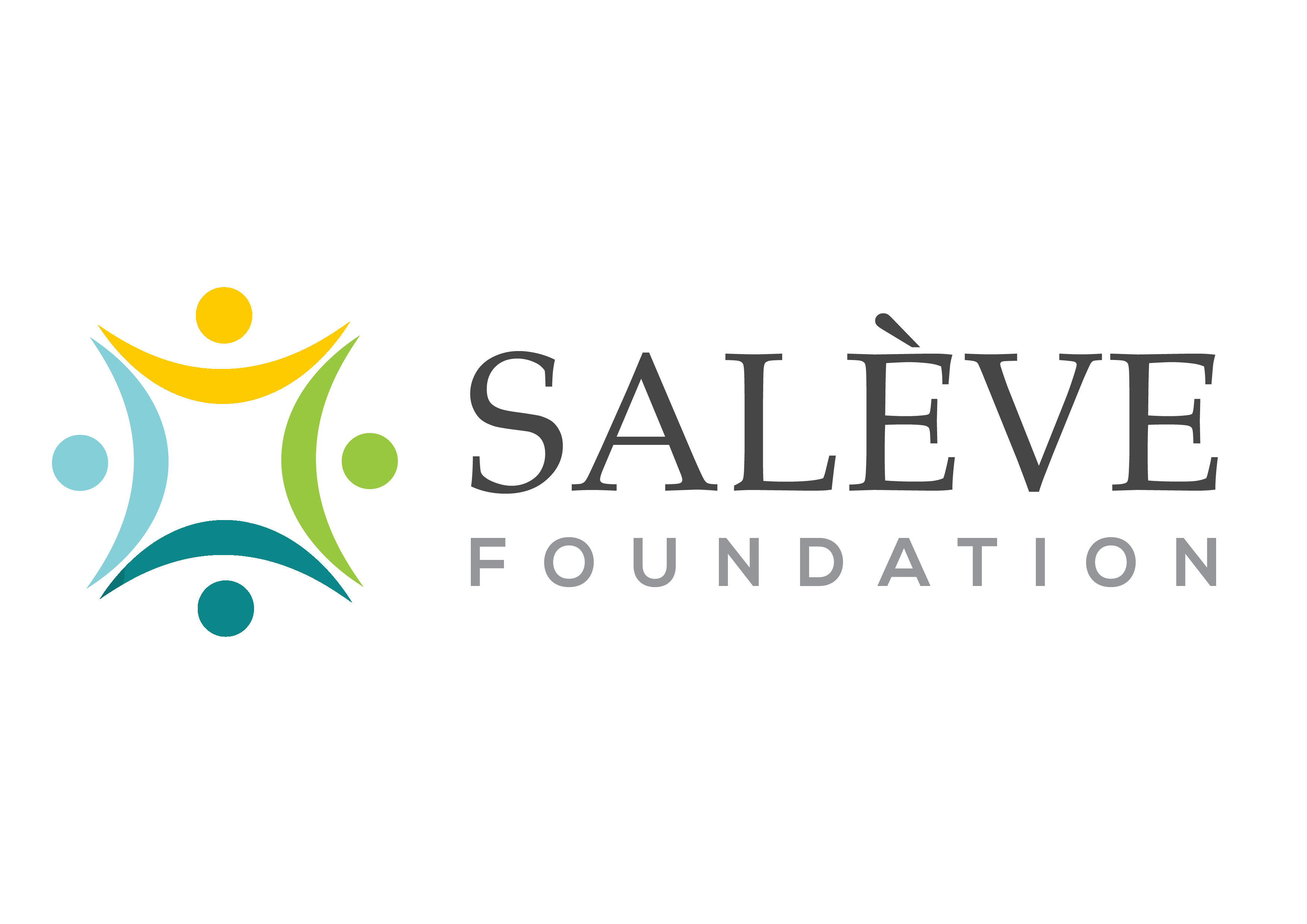Numerous barriers stand between girls and the education and training they need for their social, economic, and intellectual empowerment. The challenges – which vary widely across different populations, communities, and regions – include:
- Harmful gender norms
- Government policies
- Costs of schooling and associated fees
- Long distance to school
- Gender-based violence at school
- Violent opposition to girls’ education
- Lack of schooling options for refugees, children living in conflict, street children, orphans, girls who have been trafficked for sex or other labor
- The Covid-19 pandemic
- Societal discrimination against certain castes, ethnicities, religions, or nationalities.
Altogether these barriers meant that in 2020:
- 129 million girls were out of school, including 30 million of lower-secondary school age, and 67 million of upper-secondary school age.
- In only 42% of countries do girls have equal access to lower secondary education as boys, and only in 24% do girls have equal access to upper secondary education
Learn more
Numerous barriers stand between girls and the education and training they need for their social, economic, and intellectual empowerment. The challenges – which vary widely across different populations, communities, and regions – include:
- Harmful gender norms that favor a girl’s role in the home – doing domestic work and caring for siblings – over any potential economic, social, or intellectual benefits that education might bring to her and her family. In these cases, it is seen as unnecessary, and a poor use of a girl’s time and the family’s resources, to invest in her education.
- Government policies can facilitate such choices by permitting (or not actively discouraging) child marriage, not mandating education past a certain age, not challenging families who keep girls at home, or, in the worst case, prohibiting their education altogether.
- Costs of schooling and associated fees can be prohibitively expensive for poor families, especially when a girl in school has less time to help out in the house or bring in money from work (or a bride price).
- Girls may stay at home when menstruating due the expense of sanitary pads and the lack of separate washrooms for girls at school.
- Girls in rural areas may be deterred from going to school where long travel time makes it too hard to carry out their household duties.
- Travel along isolated rural routes can put girls at risk of physical assault
- Girls may want to stay home when they see a high risk of gender-based violence at school.
- In certain political contexts, where there is violent opposition to girls’ education and governments provide little or no protection, it can also be dangerous for girls to go to school.
- Street children, orphans, or girls who have been trafficked for sex or other labor may also find it physically impossible to reach any form of education.
- The Covid-19 pandemic that forced millions of children globally to leave school for long periods of time has a lasting impact on many girls, who will never return to school.
- Many barriers prevent both boys and girls from accessing school, such as refugee or migrants with no access to schools en route or in a temporary camp, children living in conflict where access to school is too dangerous, or societal discrimination against certain castes, ethnicities, religions, or nationalities.
Altogether these barriers meant that in 2020:
- 129 million girls were out of school, including 30 million of lower-secondary school age, and 67 million of upper-secondary school age.
- In only 42% of countries do girls have equal access to lower secondary education as boys, and only in 24% do girls have equal access to upper secondary education


Once a girl is in school, the quality of her learning experience can vary widely, and with it, her chances for economic and social empowerment. Quality of education is of growing concern as increasing access puts an added burden on limited numbers of trained teachers and infrastructure. Modernizing curricula is also key to preventing perpetuation of unhelpful gender stereotypes that limit girls’ ambitions and improving the academic outcomes for girls and boys alike. Over half of all school-aged girls do not achieve minimum proficiency in reading and mathematics, even if they are attending school. The quality of education may be impacted by a large number of factors, including:
- Insufficient numbers of well-trained teachers
- A lack of learning materials
- The quality of the learning materials
- The pedagogy or the curriculum used in the school district or country
- Gender-biased teachers or learning materials
- The quality of – or even absence of – the school building itself
- Poor management by school officials
- Poor nutrition, health, and personal hygiene may also prevent both girls and boys from going to or properly benefitting from school once there.
The resulting low rates of access to quality secondary school attendance and completion for girls has widespread and lasting implications for the health and well-being of girls, women, and their children. For example, lower rates of education among girls are associated with:
- Reduced capacity to generate income for a woman and her family
- A lack of economic autonomy for women
- Higher rates of child marriage
- Earlier and more frequent pregnancies with the accompanying health risks for both women and children
- Greater risk of acquiring HIV, for example via transactional sex with older men
- A greater susceptibility to abusive domestic relations
- An all-around lower capacity to navigate life’s numerous administrative, economic, and social challenges.


Increasing access to quality education is one of the most effective ways of investing in a country’s economic development and positive social change. Prolonging girls’ education contributes not only to her own empowerment, but to better economic outcomes for her family, community, and even the country as a whole. The list of potential benefits from quality education is as long as the challenges standing in their way of accessing it in the first place. For example, the more quality schooling a girl receives, the greater the chance she can:
- Delay marriage and childbearing
- Find and excel at an income-generating activity
- Improve her health and that of her children
- Negotiate access to healthcare for themselves and their children
- Gain resilence in the face of environmental or man-made disasters or post-conflict situations
- Escape abusive relationships through an understanding of their rights and the assertiveness and capacity to claim them.
The right to education for all girls and boys is guaranteed under numerous international and regional human rights conventions, including:
- The Universal Declaration of Human Rights
- The Convention on the Rights of the Child
- Convention on the Elimination of All Forms of Discrimination against Women
- International Covenant on Economic, Social, and Cultural Rights
- Convention on the Rights of Persons with Disabilities
- African Charter on the Rights and Welfare of the Child
- Additional Protocol to the American Convention on Human Rights in the Area of Economic, Social and Cultural Rights
- ASEAN Human Rights Declaration
- European Convention on Human Rights
- Arab Charter on Human Rights
Equal access to education for girls through secondary school at a minimum, as well as vocational training, is also a goal of the Sustainable Development Goals (SDG).
SDG4: Ensure inclusive and equitable quality education and promote lifelong learning opportunities for all.
Target 4.1: By 2030, ensure that all girls and boys complete free, equitable and quality primary and secondary education leading to relevant and effective learning outcomes
Target 4.3: By 2030, ensure equal access for all women and men to affordable and quality technical, vocational and tertiary education, including university
Target 4.5: By 2030, eliminate gender disparities in education and ensure equal access to all levels of education and vocational training for the vulnerable, including persons with disabilities, indigenous peoples and children in vulnerable situations

